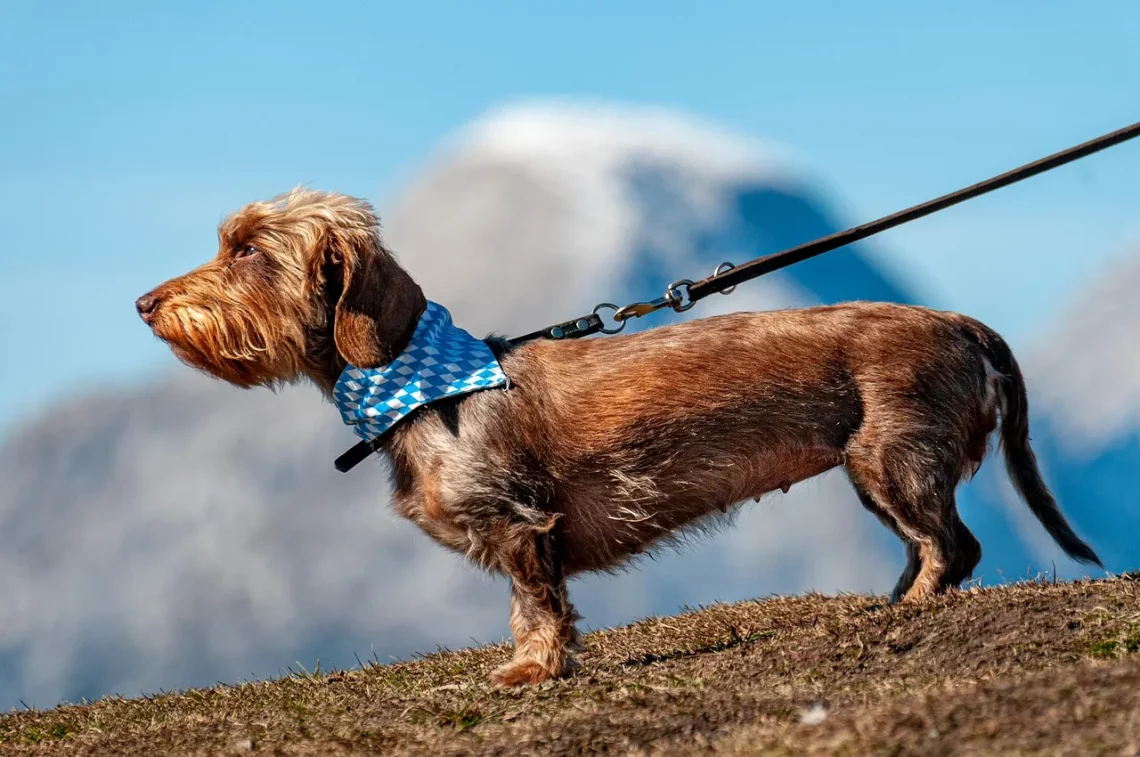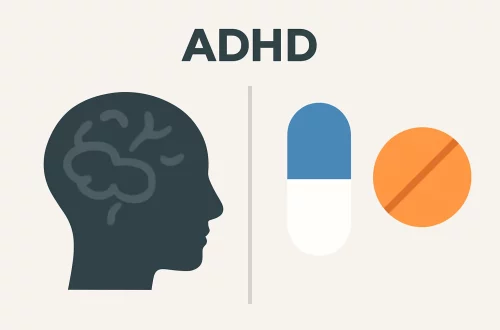
Understanding the Role and Importance of Section Dogs in Search Operations
Search and rescue operations are critical endeavors that often take place under intense pressure and time constraints. These operations are crucial for locating missing persons and ensuring public safety in various scenarios, from natural disasters to urban emergencies. In such high-stakes environments, the collaboration between human rescuers and specially trained dogs—often referred to as section dogs—plays a pivotal role. These dogs are more than just companions; they serve as invaluable assets that enhance the efficiency and effectiveness of search operations.
The bond between a handler and their section dog is cultivated through rigorous training and mutual trust. This bond not only facilitates better communication but also allows the dog to perform complex tasks that could be vital in locating missing individuals. The capabilities of these dogs are not just limited to tracking scents; they can also provide comfort and support to those in distress, showcasing their multifaceted importance in emergency situations. As we delve deeper into the specific roles and significance of section dogs, it becomes clear that they are indispensable partners in the realm of search operations.
The Unique Skills of Section Dogs
Section dogs are specially trained to perform a variety of tasks that are crucial for search operations. Their primary skill set includes tracking, scent detection, and agility, all of which are essential in locating missing persons. The training process for these dogs is extensive and requires a significant investment of time and resources. Handlers typically work closely with their dogs from a young age, instilling essential skills through positive reinforcement techniques.
One of the most important skills section dogs possess is their ability to track scents. Dogs have an extraordinary sense of smell, which is estimated to be anywhere from 10,000 to 100,000 times more acute than that of humans. This olfactory prowess allows them to detect even faint scents left by individuals, making them invaluable during search missions. Whether it’s a missing child in a crowded urban area or a hiker stranded in a remote wilderness, section dogs can follow scent trails to locate the individual much faster than human searchers could.
In addition to tracking, some section dogs are trained for specialized scent detection. For instance, they can be trained to recognize specific scents associated with human remains, which can be crucial in recovery operations. This specialized training can make a significant difference in situations where time is of the essence, and the likelihood of finding an individual decreases with each passing moment. The ability to quickly identify areas where a person might be located is a game-changer in search and rescue operations.
Moreover, section dogs are trained to navigate various terrains and obstacles. Their agility allows them to traverse difficult landscapes, such as dense forests, rocky hills, and urban environments. This physical capability enables them to reach locations that may be challenging for human rescuers, further enhancing the overall effectiveness of the search operation.
The Handler-Dog Relationship
The relationship between a section dog and its handler is one of the most critical components of a successful search operation. This bond is built on trust, communication, and mutual understanding, enabling the team to function effectively in high-pressure environments. Handlers spend countless hours training with their dogs, developing a deep connection that allows for seamless collaboration during search missions.
One of the key aspects of this relationship is the ability of the handler to read their dog’s body language and signals. Dogs communicate through a variety of cues, including posture, tail position, and barking. A skilled handler can interpret these signals to gauge the dog’s focus, energy level, and even their emotional state. This understanding is essential during search operations, as it allows the handler to make informed decisions about the next steps to take.
Handlers also play a crucial role in reinforcing the skills that section dogs learn during training. Positive reinforcement techniques, such as treats and praise, are used to encourage desirable behaviors. This method not only helps the dog learn but also strengthens the bond between the handler and the dog. A motivated and confident dog is far more effective in a search operation, as they are more likely to engage enthusiastically in their tasks.
Furthermore, the emotional support that section dogs provide to their handlers cannot be overstated. The nature of search and rescue operations can be incredibly stressful and emotionally taxing. Having a canine companion by their side helps handlers manage this stress and maintain focus. The presence of a section dog can provide comfort and reassurance, allowing handlers to perform at their best during challenging situations.
The Impact of Technology on Search Operations
Advancements in technology have significantly transformed search operations in recent years, enhancing the capabilities of both human rescuers and section dogs. While dogs remain indispensable assets, technology can complement their skills in various ways, leading to more efficient and effective search efforts.
One of the most notable technological advancements is the use of drones in search operations. Drones equipped with high-resolution cameras can cover large areas quickly, providing real-time aerial imagery to search teams. This technology allows teams to identify potential search areas and prioritize their efforts more effectively. Drones can also be equipped with thermal imaging cameras, which can detect body heat, making it easier to locate individuals in challenging environments.
Additionally, GPS technology has become a vital tool in search operations. Handlers can use GPS tracking devices to monitor the movements of their section dogs, ensuring they remain within a safe range during searches. This technology can also help teams keep track of areas that have already been searched, preventing redundancy and optimizing resource allocation.
Moreover, communication devices have greatly improved the coordination of search teams. Radios and mobile applications enable real-time communication between handlers and their teams, facilitating quick decision-making. This is particularly important in complex search scenarios where multiple teams may be operating in different areas.
While technology enhances search operations, it is essential to remember that it does not replace the unique skills and instincts of section dogs. The partnership between technology and canine capabilities creates a synergistic effect, leading to more successful outcomes in search and rescue missions.
Preparing for Search Operations: Training and Protocols
Preparation is key to the success of any search operation, and this extends to both human rescuers and section dogs. Training programs are designed to ensure that both handlers and dogs are equipped with the skills and knowledge necessary to perform effectively in real-world scenarios. These training protocols encompass a wide range of skills, from basic obedience to advanced search techniques.
Handlers must undergo training not only in canine skills but also in search and rescue protocols. This includes understanding the dynamics of different terrains, weather conditions, and potential hazards they may encounter. Knowledge of first aid and emergency response protocols is also critical, as handlers must be prepared to address any medical emergencies that may arise during a search operation.
For section dogs, training involves a combination of scent work, agility training, and behavioral conditioning. During scent training, dogs learn to identify and follow specific scents, gradually increasing the complexity of the tasks. Agility training helps dogs develop the physical skills necessary to navigate different environments, while behavioral conditioning ensures they remain focused and responsive to their handlers.
Regular practice and simulations are essential for maintaining the skills of both handlers and dogs. Training exercises often simulate real-world search scenarios, allowing teams to practice their techniques in controlled settings. These exercises help build confidence and enhance teamwork, ensuring that both the handler and the dog are well-prepared for actual search operations.
In conclusion, section dogs play a critical role in search operations, combining unique skills with a strong bond with their handlers to achieve successful outcomes. As technology continues to evolve, the collaboration between human rescuers and these remarkable animals will undoubtedly remain a cornerstone of effective search and rescue efforts.
**Disclaimer**: This article is not intended as medical advice. For any health-related issues, please consult a qualified medical professional.




